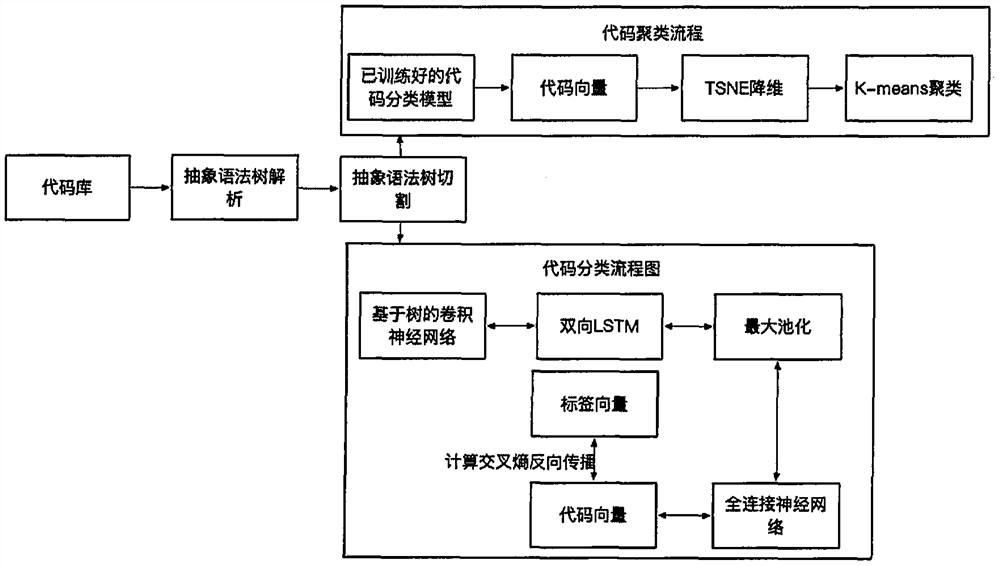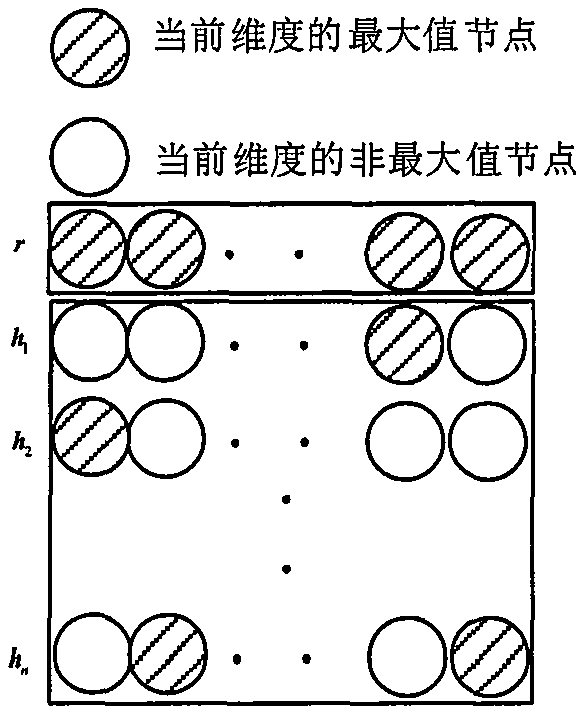Code classification and clustering method based on convolution and recurrent neural network
A cyclic neural network and code classification technology, applied in the field of software engineering, can solve the problem of difficulty in extracting code features
- Summary
- Abstract
- Description
- Claims
- Application Information
AI Technical Summary
Problems solved by technology
Method used
Image
Examples
Embodiment Construction
[0034] In order to facilitate the understanding of those skilled in the art, the present invention will be further explained below with reference to the abstract drawings, and the content mentioned in the embodiments does not limit the present invention.
[0035] refer to figure 1 As shown, the code classification includes the following:
[0036] (1) Cutting of abstract syntax tree
[0037] The structure of the code AST is very large. In order to fully extract the characteristics of the code, the AST is cut. The following is the pseudocode of the cut AST:
[0038]
[0039]
[0040] root is the root node of AST, dfs is a recursive implementation of AST depth-first traversal, the traversal sequence of nodes will be stored in the nodes array, and all nodes in the nodes array will be traversed, if the node belongs to the {if, while, for} set Any node, the subtree with the changed node as the root node is cut out and put into the array T, and finally T except the first node...
PUM
 Login to View More
Login to View More Abstract
Description
Claims
Application Information
 Login to View More
Login to View More - R&D
- Intellectual Property
- Life Sciences
- Materials
- Tech Scout
- Unparalleled Data Quality
- Higher Quality Content
- 60% Fewer Hallucinations
Browse by: Latest US Patents, China's latest patents, Technical Efficacy Thesaurus, Application Domain, Technology Topic, Popular Technical Reports.
© 2025 PatSnap. All rights reserved.Legal|Privacy policy|Modern Slavery Act Transparency Statement|Sitemap|About US| Contact US: help@patsnap.com



